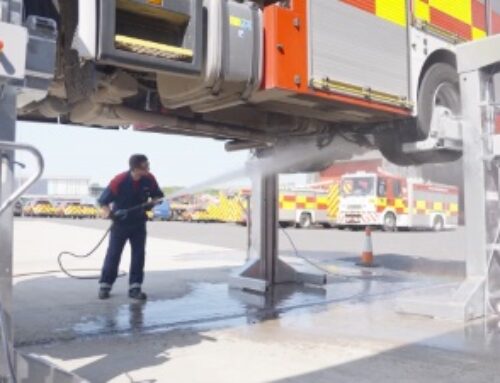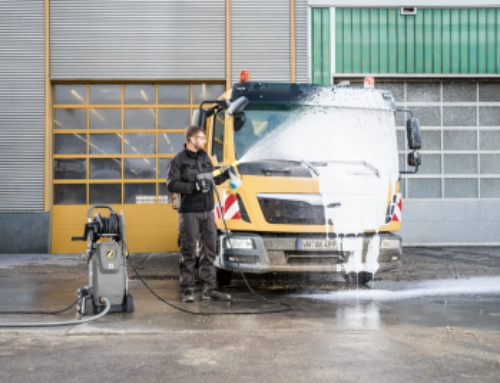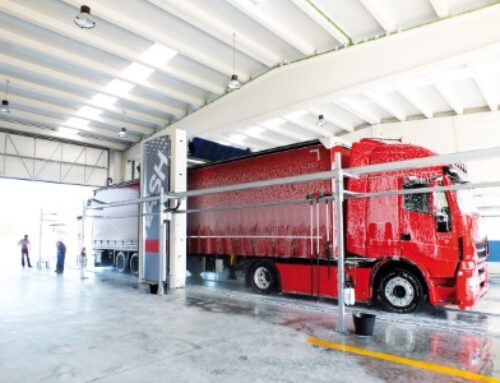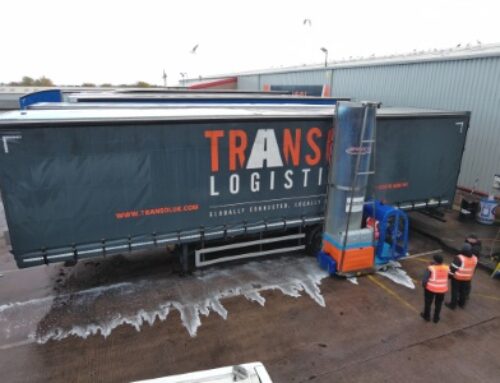Lytx: MV+AI can empower and protect drivers
 Drivers are seeing direct benefits from the latest in machine vision and artificial intelligence (MV+AI) technology, according to telematics provider Lytx.
Drivers are seeing direct benefits from the latest in machine vision and artificial intelligence (MV+AI) technology, according to telematics provider Lytx.
“In-cab cameras can be a controversial topic, stirring up a wide variety of opinions about privacy, but today’s connected video technologies are winning over even the wariest drivers,” contends Damian Penney, vice president EMEA at Lytx (pictured).
“Not only is video technology enabling fleet managers to improve safety levels, but it is offering drivers a new level of empowerment and protection. What’s more, fleet insurance claims are reduced and insurers are able to assess risk with a far higher level of accuracy.”
The driver of this change, says Damian, is a new wave of smart dashcam, powered by machine vision and artificial intelligence (MV+AI).
“With in-cab and road-facing cameras, machine vision acts as a smart set of eyes that scan and recognise both the internal and external environment of the vehicle,” he said.
“This includes the ability to identify distracted driving behaviours such as eating, drinking, smoking or failure to wear a seatbelt. While MV identifies the issue, AI determines how risky that issue is.
“For drivers, the camera will alert them first, allowing them to self-correct before an incident takes place. Managers only need to be involved if a risky behaviour is occurring repeatedly – in this instance, they are equipped with a clear picture of what’s happened and can use this insight as the starting point for further action.
“That includes providing more proactive support if, for example, it’s evident that a driver’s behaviour may be due to stress or triggered by a change in shift patterns. In the event of an accident in which a driver is blameless, the video technology can also provide vital evidence.”
Insurers, who are used to being told about incidents as a ‘First Notification of Loss (FNOL)’ can now gather information much earlier, Damian adds – as a First Notification of Risk (FNOR) – which means that they can calculate risk far more accurately and adjust fleet premiums accordingly.
“Finally, MV+AI technology can be configured to meet the privacy requirements of each individual fleet, including the length of footage stored,” he added.
“It allows fleet managers and drivers to work together to address any risky patterns of behaviour. By sharing insights with drivers, fleets are putting them at the heart of the safety process.”











